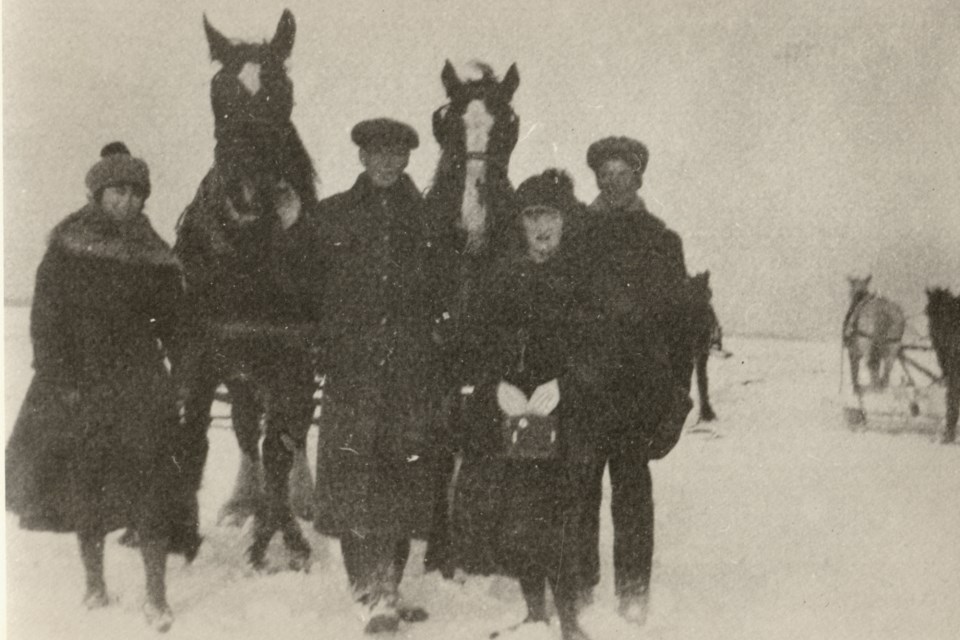In the late 19th and early 20th centuries, Lake Simcoe was the scene of frenzied wintertime industry as blocks of ice by the hundreds were cut from the frozen surface to fill ice boxes near and far. It was big business.
Among the largest concerns about harvesting ice on Lake Simcoe was the Lake Simcoe Ice Company.
Formed by James Fairhead in 1870 to service the Toronto market, the company began as the Spring Water Ice Company. Harvesting was initially done from the frozen surfaces of Lake Wilcox and Bond Lake, but as the company expanded later in the decade, operations moved to Lake Simcoe.
Around this time, Lake Simcoe ice began to gain a reputation as the best ice in North America. Tested for purity several times a year, and it always achieved a perfect score. As its renown grew, so too did demand.
Recognizing the marketing potential that came with Lake Simcoe’s growing fame, in 1894, Fairhead changed his business’s name to the Lake Simcoe Ice Company.
Facilities were located at Jackson's Point and Belle Ewart, each one consisting of several massive ice houses with a capacity of more than a thousand tons. At its height, as many as 40 train cars of ice were shipped daily in peak season. Harvesters for the Lake Simcoe Ice Company, who were mostly farmers or summer rail hands, earned 30 cents per hour, a very decent wage for the time. The horses employed in operation were those used in the summer to pull the company's fleet of 25 delivery wagons across Toronto.
One advantage the Lake Simcoe Ice Company had over its American competitors was less loss during transport. Even wrapped in sawdust, as much as 40 per cent of the ice shipped to the United States melted en route. Because of the shorter distance, the loss was far less significant when shipped to Toronto.
The Lake Simcoe Ice Company continued to thrive into the early years of the 20th century, but the rise of artificial ice manufacturing – less expensive and available year-round – began to slowly eat away at profits. By around 1920, the company had folded up operations on Lake Simcoe. A decade later, its weary warehouses at Belle Ewart were torn down.



